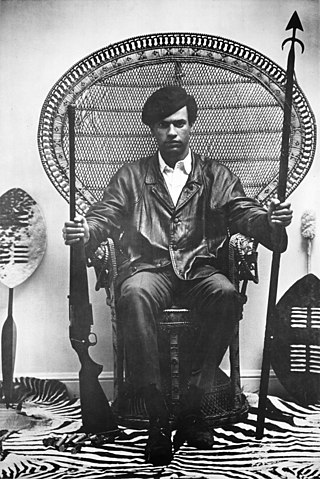
Huey Percy Newton was an African American revolutionary and political activist who founded the Black Panther Party. He ran the party as its first leader and crafted its ten-point manifesto with Bobby Seale in 1966.
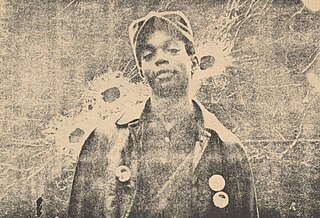
Robert James Hutton, also known as "Lil' Bobby", was the treasurer and first recruit to join the Black Panther Party. Alongside Eldridge Cleaver and other Panthers, he was involved in a confrontation with Oakland police that wounded two officers. Hutton was killed by the police under disputed circumstances. Cleaver stated Hutton was shot while surrendering with his hands up, while police stated he ignored commands and tried to flee.

The Oakland Tribune was a daily newspaper published in Oakland, California, and a predecessor of the East Bay Times. It was published by the Bay Area News Group (BANG), a subsidiary of MediaNews Group. Founded in 1874, the Tribune rose to become an influential daily newspaper. With the decline of print media, in 2016, the paper announced that the Tribune would fold into a new newspaper entitled, the East Bay Times along with its owners other newspapers in the East Bay starting April 5, 2016. The former nameplates of the consolidated newspapers will continue to be published every Friday as weekly community supplements.

The White Panthers were an anti-racist political collective founded in November 1968 by Pun Plamondon, Leni Sinclair, and John Sinclair. It was started in response to an interview where Huey P. Newton, co-founder of the Black Panther Party, was asked what white people could do to support the Black Panthers. Newton replied that they could form a White Panther Party. The counterculture era group took the name and dedicated its energies to "cultural revolution.” John Sinclair made every effort to ensure that the White Panthers were not mistaken for a white supremacist group, responding to such claims with "quite the contrary." The party worked with many ethnic minority rights groups in the Rainbow Coalition.

Merritt College is a public community college in Oakland, California. Merritt, like the other three campuses of the Peralta Community College District, is accredited by the Accrediting Commission for Community and Junior Colleges. The college enrolls approximately 6,000 students.

The black power movement or black liberation movement was a branch or counterculture within the civil rights movement of the United States, reacting against its more moderate, mainstream, or incremental tendencies and motivated by a desire for safety and self-sufficiency that was not available inside redlined African American neighborhoods. Black power activists founded black-owned bookstores, food cooperatives, farms, media, printing presses, schools, clinics and ambulance services.

The Free Breakfast for School Children Program, or the People’s Free Food Program, was a community service program run by the Black Panther Party that focused on providing free breakfast for children before school. The program began in January 1969 at Father Earl A. Neil's St. Augustine's Episcopal Church, located in West Oakland, California and spread throughout the nation. This program was an early manifestation of the social mission envisioned by Black Panther Party founders Huey P. Newton and Bobby Seale along with their founding of the Oakland Community School, which provided high-level education to 150 children from impoverished urban neighborhoods. The breakfasts formed the core of what became known as the party's Survival Programs. Inspired by contemporary research about the essential role of breakfast for optimal schooling and the belief that alleviating hunger and poverty was necessary for Black liberation, the Panthers cooked and served food to the poor inner city youth of the area. The service created community centers in various cities for children and parents to simultaneously eat and learn more about black liberation and the Black Panther Party's efforts.
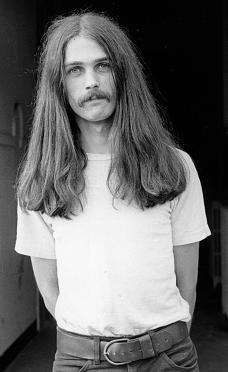
Gary Grimshaw was an American graphic artist active in Detroit and San Francisco who specialized in designing rock concert posters. He was also a radical political activist with the White Panther Party and related organizations.

Kathleen Neal Cleaver is an American law professor and activist, known for her involvement with the Black Power movement and the Black Panther Party, a political and revolutionary.
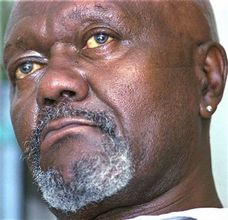
William Lee "Bill" Brent was an American member of the Black Panther Party and defector, best known for hijacking a passenger jet and diverting it to Cuba in 1969, where he spent the last 37 years of his life in exile.

Emory Douglas is an American graphic artist. He was a member of the Black Panther Party from 1967 until the Party disbanded in the 1980s. As a revolutionary artist and the Minister of Culture for the Black Panther Party, Douglas created iconography to represent black-American oppression.
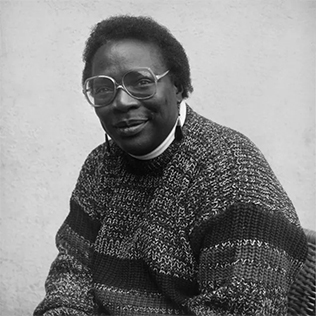
Pat Parker was an American poet and activist. Both her poetry and her activism drew from her experiences as an African-American lesbian feminist. Her poetry spoke about her tough childhood growing up in poverty, dealing with sexual assault, and the murder of a sister. At eighteen, Parker was in an abusive relationship and had a miscarriage after being pushed down a flight of stairs. After two divorces she came out as lesbian "embracing her sexuality" and said she was liberated and "knew no limits when it came to expressing the innermost parts of herself".

The Black Panther Party was a Marxist–Leninist and black power political organization founded by college students Bobby Seale and Huey P. Newton in October 1966 in Oakland, California. The party was active in the United States between 1966 and 1982, with chapters in many major American cities, including San Francisco, New York City, Chicago, Los Angeles, Seattle, and Philadelphia. They were also active in many prisons and had international chapters in the United Kingdom and Algeria. Upon its inception, the party's core practice was its open carry patrols ("copwatching") designed to challenge the excessive force and misconduct of the Oakland Police Department. From 1969 onward, the party created social programs, including the Free Breakfast for Children Programs, education programs, and community health clinics. The Black Panther Party advocated for class struggle, claiming to represent the proletarian vanguard.

Ericka Huggins is an American activist, writer, and educator. She is a former leading member of the political organization, Black Panther Party (BPP). She was married to fellow BPP member John Huggins in 1968.
The Third World Liberation Front (TWLF) rose in 1968 as a coalition of ethnic student groups on college campuses in California in response to the Eurocentric education and lack of diversity at San Francisco State College and University of California, Berkeley. The TWLF was instrumental in creating and establishing Ethnic Studies and other identity studies as majors in their respective schools and universities across the United States.

The New Afrikan Black Panther Party (NABPP) is a Black Power Marxist–Leninist–Maoist organization in the United States, largely based out of the Red Onion State Prison in Wise County, Virginia and referred to as the New Afrikan Black Panther Party – Prison Chapter (NABPP-PC).
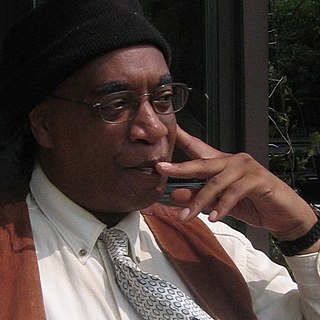
Larry James Pinkney is an American political activist. A former member of the Black Panther Party, and the Republic of New Africa, he served nine years in prison in Canada and the U.S. Pinkney also served as co-chair of the San Francisco Black Caucus in the early 1970s, and later, as chairman of the Black National Independence Party.
Judy Juanita is an American poet, novelist and playwright. She is a Lecturer in the College Writing Programs at the University of California, Berkeley. She was formerly a writing teacher at Laney College. In 1968, while attending San Francisco State, Juanita served as editor-in-chief of The Black Panther, the newspaper of the Black Panther Party. In her semi-autobiographical novel, Virgin Soul,, a black teen starts community college in Oakland, struggles to matriculate and then joins the Black Panther Party (BPP). The story of the female foot soldier in the black power movement, Virgin Soul exposes the unheralded women working behind-the-scenes in the BPP and the black student movement..
Intercommunalism is an ideology which was adopted by the Oakland chapter of the Black Panther Party after its turn away from revolutionary nationalism in 1970. According to Huey P. Newton the development of intercommunalism was necessary "because nations have been transformed into communities of the world." Intercommunalists believe that most forms of nationalism are obsolescent, because international corporations and technologically advanced imperialist states have reduced most nations down to a series of discrete communities which exist to supply an imperial center, a situation called reactionary intercommunalism. They also believe this situation can be transformed into revolutionary intercommunalism and eventually communism if communities are able to link "liberated zones" together into a united front against imperialism. Intercommunalism is a lesser-known aspect of the Panthers' legacy as much of its development occurred at the height of the party's suppression and reorientation towards survival programs.


















